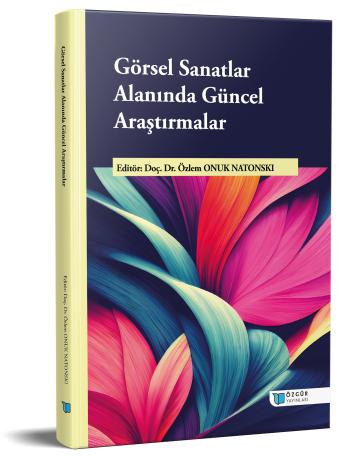
Embodied Experience, Data Aesthetics, and Witnessing in Immersive Art
Chapter from the book:
Onuk Natonski,
Ö.
(ed.)
2025.
Current Research in the Field of Visual Arts.
Synopsis
Art has continually transformed throughout history in response to changing social conditions and technological innovations. The digital revolution of the 21st century has made these transformations more radical and accelerated than ever before. Alongside traditional mediums such as painting, sculpture, or printmaking, contemporary art today is being re-produced through screens, data streams, artificial intelligence algorithms, and augmented and virtual reality technologies. This shift has altered not only the methods of artistic production but also the very nature of the relationship between art and its audience. In the digital world, art has evolved from an object-centered to an experience-centered structure. The viewer is no longer a passive observer standing before an artwork but becomes an active participant and co-creator of the experience through interaction, engagement, and embodied presence. The spatial dimension of art has also changed: beyond the walls of museums or galleries, virtual environments, multi-screen installations, and sensor-based interactive spaces have emerged. These new environments enable art to be perceived not only as a visual representation but as an auditory, tactile, and cognitive experience. The approach known internationally as immersive art does not yet have an established equivalent in Turkish. Direct translations such as “daldırıcı,” “kuşatıcı,” or “içine alan” fail to capture its full sensory, cognitive, and embodied complexity. For this reason, the term sarmalayan sanat (“enveloping art”) is proposed here as a more comprehensive alternative—one that conveys not only physical immersion but also emotional and mental engagement. This study examines this artistic transformation through three interrelated dimensions: embodied experience, data aesthetics, and witnessing. Embodied experience, as phenomenology emphasizes, reveals that perception occurs not solely through vision but through the totality of the body. Data aesthetics refers to the new modes of artistic expression shaped by codes, algorithms, and artificial intelligence in the digital age. Finally, witnessing defines the inclusion of the viewer as an active participant within the artistic event, emphasizing presence and experiential participation rather than passive observation.

